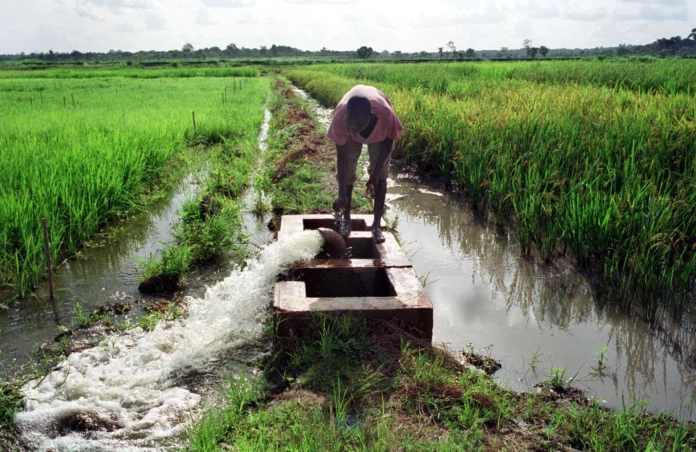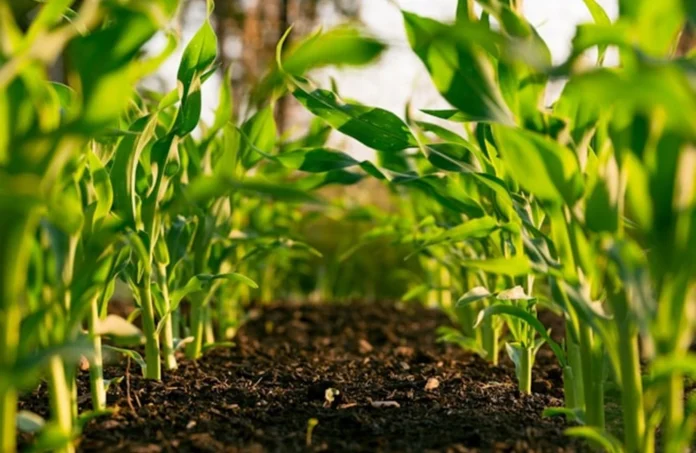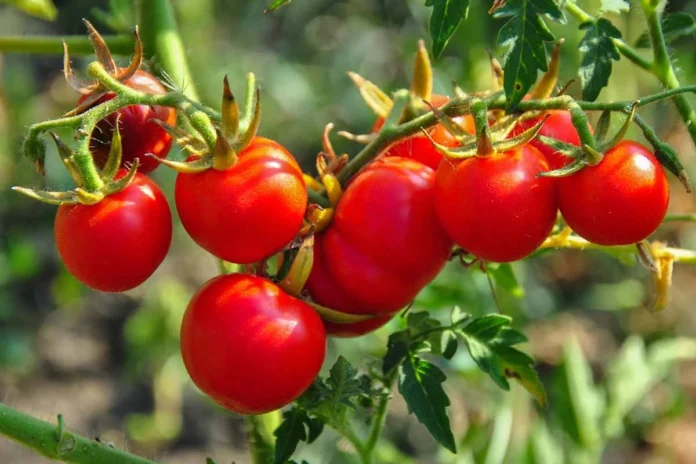Cyber Defense in Horticulture: Securing the Digital Roots of Europe’s Greenhouse Economy
The Netherlands is a global powerhouse in food production and export. But as horticulture becomes increasingly digital, so too does the risk of cyberattacks. Can the sector protect its greenhouses, logistics, and global supply chains against invisible threats?
A sector too important to fail
Few countries punch above their weight in food production like the Netherlands. Despite its small size, it is the second-largest food exporter in the world, surpassed only by the United States. Every year, Dutch growers ship around 1.78 billion kilos of vegetables … from tomatoes and cucumbers to peppers and eggplants … to markets across Europe and beyond.
The backbone of this success lies in a hyper-connected horticulture sector: greenhouses brimming with sensors, automated irrigation systems, AI-driven climate control, and logistics chains that rely on precise digital coordination. Efficiency and innovation have propelled the Dutch to the top, but this reliance on technology also presents a major vulnerability: cyber threats.
A single disruption … whether a ransomware attack on greenhouse control systems, a data breach in supply chain logistics, or a targeted phishing campaign … could have ripple effects far beyond the Netherlands. With global food security already under pressure, such a disruption could prove catastrophic.
The scale of the cyber challenge
The urgency is not abstract. In the Netherlands, 80% of small and medium-sized enterprises (SMEs) have already experienced some form of cyberattack. Globally, the financial toll of cybercrime reached an estimated $11.5 trillion in 2023 … a figure that is projected only to rise.
So far, the Dutch horticultural sector has been fortunate: there are no known cases of large-scale cyber incidents. But experts warn that this is not cause for complacency. The more digitized and interconnected the sector becomes, the more attractive it becomes to cybercriminals.
Recognizing this looming risk, industry leaders and public partners launched the Cyber Resilience Centre Greenport (CWG) in October 2022. Based in South Holland, the heart of the Dutch greenhouse industry, CWG has quickly become a focal point for strengthening cyber defenses in horticulture.
Building a cyber shield for horticulture
The initiative was spearheaded by Security Delta (HSD) … the Hague-based security cluster … and Greenport West-Holland, with strong backing from universities, businesses, and government bodies.
“The horticulture sector has always been about innovation and collaboration,” says Anne Visser, who works closely with CWG. “But its reliance on digital systems also makes it vulnerable. Our role is to help companies take the necessary steps to protect their digital assets and raise awareness across the sector.”
CWG offers participants a wide range of support tools:
- Baseline cybersecurity assessments to identify vulnerabilities.
- Threat intelligence updates tailored to the horticulture industry.
- Advisory services and practical toolkits for SMEs.
- A CISO community, where security officers share knowledge and experiences.
By creating this ecosystem, CWG helps companies … from small growers to major exporters … move from awareness to action.
From greenhouses to global supply chains
The risk landscape is evolving rapidly. Modern greenhouses are no longer standalone facilities but nodes in an international web of trade and technology. Temperature, humidity, and irrigation are managed via Internet of Things (IoT) devices, often connected to cloud platforms. Logistics depend on real-time digital tracking, while auctions and transactions happen via sophisticated online systems.
This interdependence means that a cyberattack on a single company could cascade through the entire supply chain. For example, if a greenhouse climate system were hacked, entire crops could be ruined. If a logistics company suffered a ransomware attack, shipments could be delayed, leaving supermarkets empty. If trading systems were compromised, market confidence could collapse overnight.
“The supply chains cross borders,” Visser emphasizes. “That’s why international collaboration is crucial. What we learn here in the Netherlands can help other EU countries, and vice versa.”
A breakthrough in floriculture: Cybersecurity at the auction
One of CWG’s most significant partnerships to date is with Royal FloraHolland, the world’s largest flower auction cooperative. In 2023, they launched the Royal FloraHolland Cyber Abonnement, a subscription-based program providing growers, buyers, and suppliers with cybersecurity tools and training.
For many floriculture companies … many of them family-run businesses … this marks their first structured step into digital resilience. The program offers accessible entry points, lowering the threshold for SMEs that may not have dedicated IT teams.
“We expect this will create a snowball effect,” says Visser. “Once businesses see the benefits, they will invest more, and the sector as a whole becomes stronger.”
The Hague’s cybersecurity ecosystem
Part of CWG’s strength lies in its access to the renowned cybersecurity ecosystem in The Hague, home to Security Delta (HSD). This cluster brings together government agencies, tech companies, startups, and universities in one of Europe’s most advanced security networks.
By bridging horticulture with this expertise, CWG ensures that growers and exporters can benefit from cutting-edge knowledge usually reserved for high-tech industries. “We actively connect with other cluster organizations,” says Visser. “That way, horticulture companies don’t have to reinvent the wheel. They can tap into existing expertise to get their security up to standard.”
A growing movement, but challenges remain
CWG’s work is starting to pay off: the number of participating companies is rising, awareness is spreading, and investments in digital resilience are increasing. Yet challenges remain. Many SMEs still see cybersecurity as a cost rather than an investment, and the shortage of skilled IT professionals makes it difficult to scale solutions quickly.
Nevertheless, the foundation is being laid for a resilient digital future for Dutch horticulture. “Our work is far from done,” Visser admits. “But we now have a solid basis to build on. The key is collaboration … within the Netherlands and across Europe. Together, we can secure not just our digital infrastructure but also our food supply.”
Why it matters
As climate change, geopolitical tensions, and population growth put increasing strain on global food systems, safeguarding the digital backbone of agriculture is no longer optional … it is essential.
The Netherlands has once again positioned itself as a pioneer, this time not just in growing crops, but in cultivating cyber resilience. Other EU countries are now watching closely. The hope is that CWG’s model can inspire similar initiatives across Europe, ensuring that the food supply chain … from greenhouse to grocery store … remains secure in the digital age.












